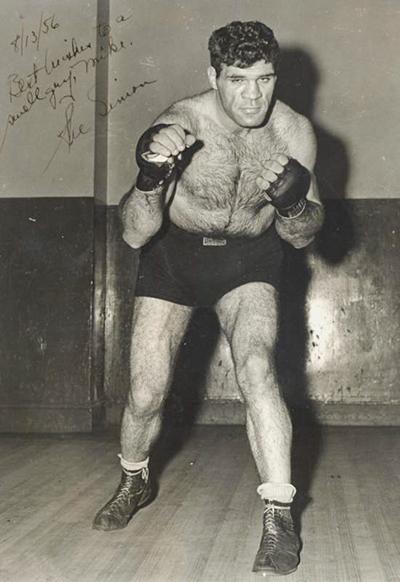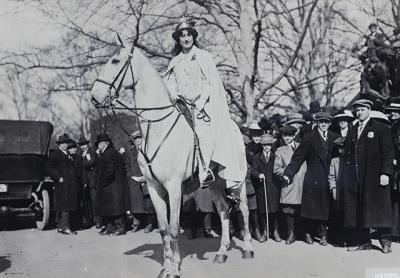In Pursuit of Happiness, by Elsa Sanchez
In Pursuit of Happiness, by Elsa Sanchez
Seated on a wicker chair beside the swimming pool, I am enjoying watching my daughters and their cousins splashing around in the water. How nice this racket is, I think. To me this noise is the happiness of my three beautiful daughters, who fill my life with light. Seeing them happy is what motivates me to keep struggling in this country that isn’t my native country.
I arrived 19 years ago, speaking no English, with no advantages, with next to nothing. Like many people in my situation, I had no choice but to work hard. Like many immigrant women, I clean houses. Summers are hard because the work piles up, and you end up aching all over from exhaustion. Winters are also hard because the work is scarce, but the bills aren’t. But I always have my three daughters in mind, and I thank God for letting us come to this country and allowing my daughters to be born here.
And now, sitting here, watching my daughters’ glee, I close my eyes, and my mind slowly drifts to the past. I begin to see faces, places, and colors. Smells start to come back to me.
My mind travels to my childhood, in Mexico, where at age 10 I dreamed of studying to be a successful lawyer. Where so many times I pretended in front of the only full-length mirror in our house to be a lawyer before an important judge, arguing with all my heart the most important case of my career. I also see myself at age 12, dreaming as always, wrapped up in blankets to ward off the unending nighttime cold.
My dreams were put on pause, however, upon hearing my father wake us up so early in the morning, saying, “It’s Saturday, we have to work. Hurry up, because we have to get going.”
My shoulders drooped at the same time as my hopes, and I felt an urge to scream, cry, run out of the house. Another day of grueling work awaited me. Crestfallen, I got out of my bed and put on an old worn-out pair of pants and a long-sleeved shirt and went outside with my three older sisters and brother.
We arrived at a huge field. Today we had to pick tomatoes. The plants were still covered with morning dew; the sun had barely risen. I walked onto the raised row of tomato plants and, bent over most of the time, with my feet in the furrows, began to pick tomatoes. Up and down the rows I went, cutting off the fruit and dropping it into a bucket with almost mechanical movements. I was thankful when it was time for lunch. My back was hurting, and I was very hungry. After eating a plate of refried beans and corn tortillas, I had a few swallows of water, rested a few minutes, and went back to work.
As the hours passed, the work felt harder and harder. The ground was very dry, the heat merciless; the sun’s rays burned like a live ember on my skin. But I had to put up with it. My father said that I had to contribute to the work of the family, just like my brother and sisters.
After working all day, I arrived home, completely exhausted, and the first thing I wanted to do was take a bath. I went inside to my room, got clean clothes, and then headed toward the area behind the house where I would take my bath. I took off my pants and shirt, leaving my underwear on, and lowered myself into a metal tub full of water made warm by the sun. I began to pour water on myself with a bowl, while I asked myself why, at age 12, I had to work like an adult. Why couldn’t I devote my time to what I liked, which was studying. It didn’t seem fair to me.
My thoughts were interrupted by the soap and water making my hands burn, since the dryness of the soil had made my fingers bleed. I began scrubbing my arms with soap and water, slowly, trying to get rid of the smell of tomatoes that was in my clothes, my hair, my stained and bloody hands. “Why?” I asked myself while I scrubbed my hands, trying to get the greenish color from the tomato plants out of them. Why? Unable to find an answer, my tears began flowing, but I hid them with the water I was pouring over my head.
I could understand that maybe my father couldn’t pay farm workers, and that’s why he used us, his children, as his workers. But what I couldn’t understand was why he wouldn’t want us to break the cycle of poverty. Why couldn’t he see that we could have a better life if we, his children, went to school?
I look at my daughters enjoying the day at the pool, and I feel happy knowing that they haven’t lived the life I lived. That they can go to school without worrying about having to work. They always have warm food when they come home from school, clean clothes, and, above all, they have my kisses and my love to welcome them every time they walk into the house.
And seeing them so happy, I wonder: What would have become of my girls if we were poor and living in Mexico? Would we, like my parents, have forced them at age 9 to do work that should be done by someone much older? Would we have frustrated their dreams of making something of themselves and rising up out of poverty?
It’s hard to say, since they were born in this country, and my husband and I have always known that we would do our best to raise them well. I might not be the lawyer I once pretended to be in front of that old mirror, but I am a mother. A mother who wants a better future than the one she had, for her daughters, my daughters, who have no luxuries, who don’t own an iPhone, who don’t wear expensive brand-name clothes, who don’t go on vacation to Disney World, and who don’t have a swimming pool.
No, they don’t have any of this. But they do have something very valuable. They have their parents’ hearts in their hands and our desire to let them fly in search of their dreams.
Elsa Sanchez works as a facilitator for the Herstory Writers Workshop at the county jail in Riverhead and with college and high school students at St. Joseph’s College. She lives in East Quogue.



